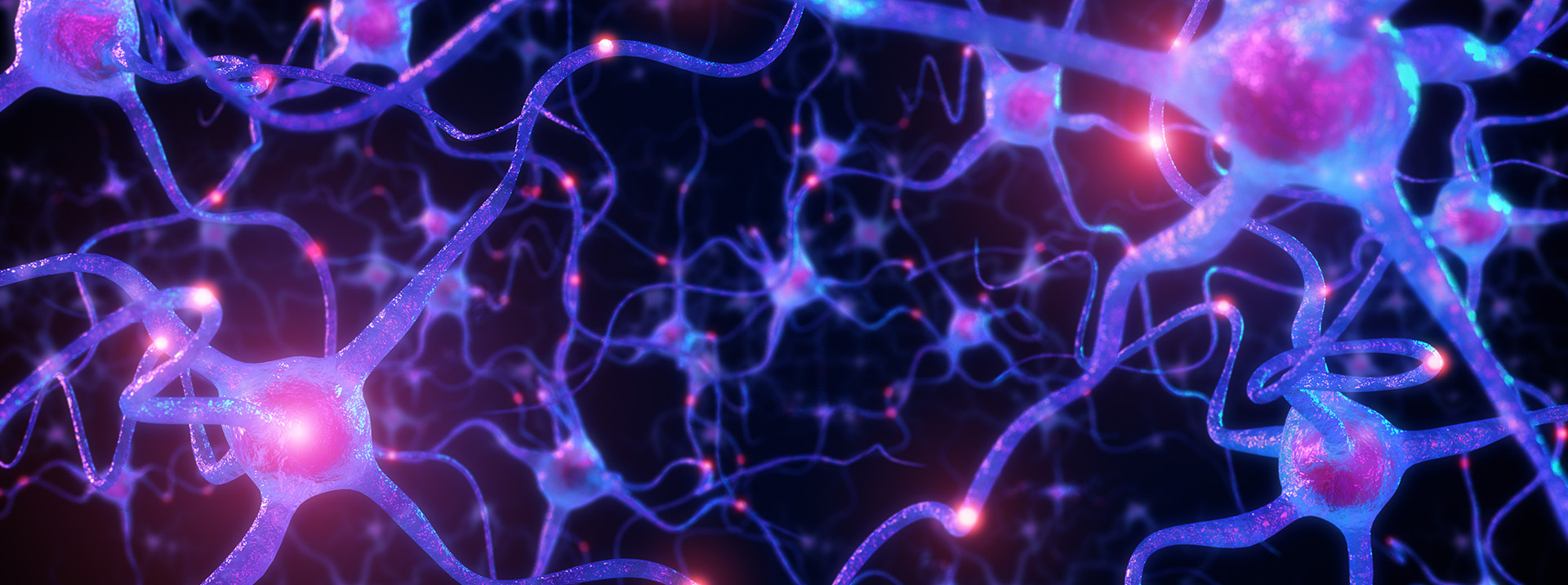Current research projects supported by the Center include:
- Individual differences in resilience adverse outcomes in response to social stress. The primary hypothesis of this project is that resiliency to stress relies on interactions across neural subsystems that span molecules to whole-brain connectivity. By collecting high-dimensional multimodal data and then utilizing modern machine learning tools, the team will identify latent features and interactions that predict stress resiliency across individuals in a mouse model. Structural and functional connectivity, electrophysiological activity, epigenetic, and transcriptomic, and neuroendocrine systems all play major roles, with complex intertwined patterns of convergent and divergent interactions. The team is generating these data modalities from mice before, during, and after animals experience repeated chronic social stress.
- Personnel: Howard Gritton, Paul Bonthuis, Dave Zhao
- Intraspecific variation in brains. The goal of this project is to use single nucleus and spatial transcriptomic data to quantify individual differences in brains in species with well-described intraspecific variation in social behavior (honey bees, three-spine sticklebacks and silver fox). This project will lay the groundwork for a larger effort devoted to generating spatial transcriptomic maps for nonmodel species, and will explore the implications of molecular cell types for the genetic toolkit concept.
- Personnel: Alison Bell, Anna Kukekova, Gene Robinson, Hee-Sun Han, Dave Zhao, Saurabh Sinha
- Brain mitochondrial metabolism. The brain accounts for 20% of the body's total energy consumption, and this substantial metabolic activity plays a critical role in cognition, learning, and individual behavior. Although brain metabolism is influenced by the environment, lifestyle, and behavioral traits, little is known about how differences in neurometabolism affect individual differences in behavior. We are using honey bees – where genetically identical bees can express vastly different behaviors, with soldier and forager bees showing striking differences in aggression – to explore the role of neurometabolism. This work has detected differences in gene expression related to mitochondrial respiration and in gene regulatory networks associated with serotonin metabolism in the forager and soldier bee brains. We plan to further elucidate bee neurometabolic function using single-cell sequencing analysis, spatial transcriptomics, and advanced imaging techniques.
- Personnel: Akane Hatsuda, Julian Catchen, Gene Robinson
